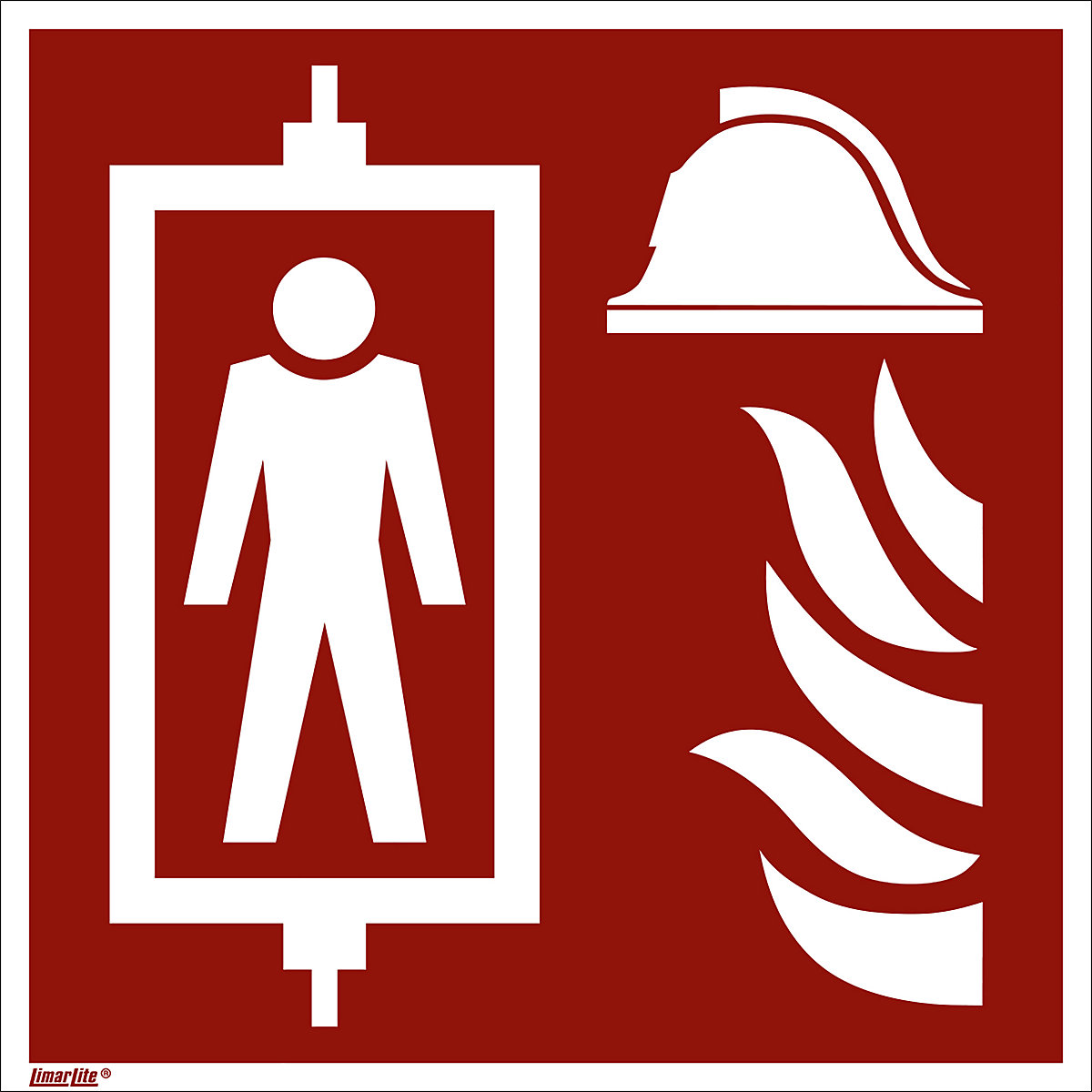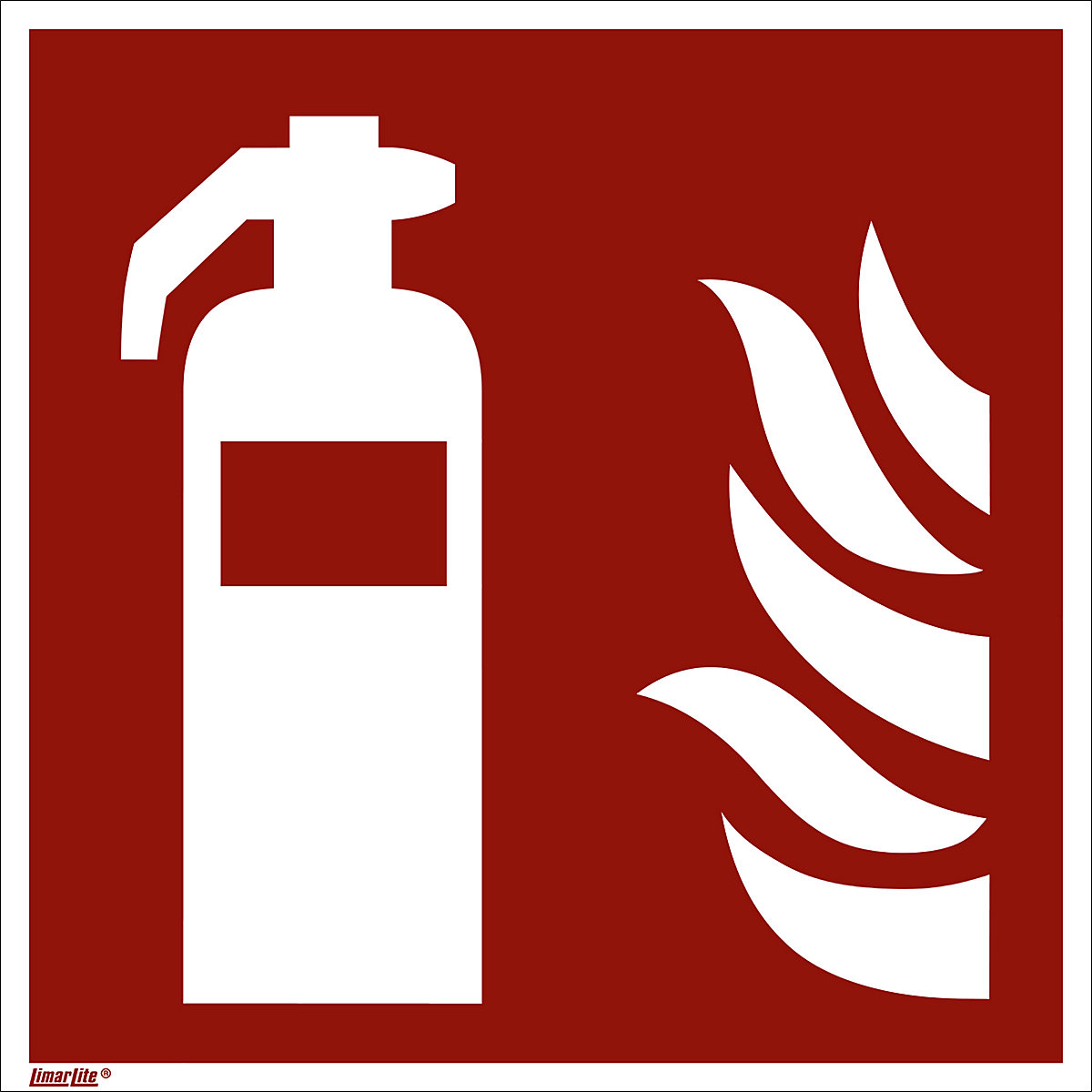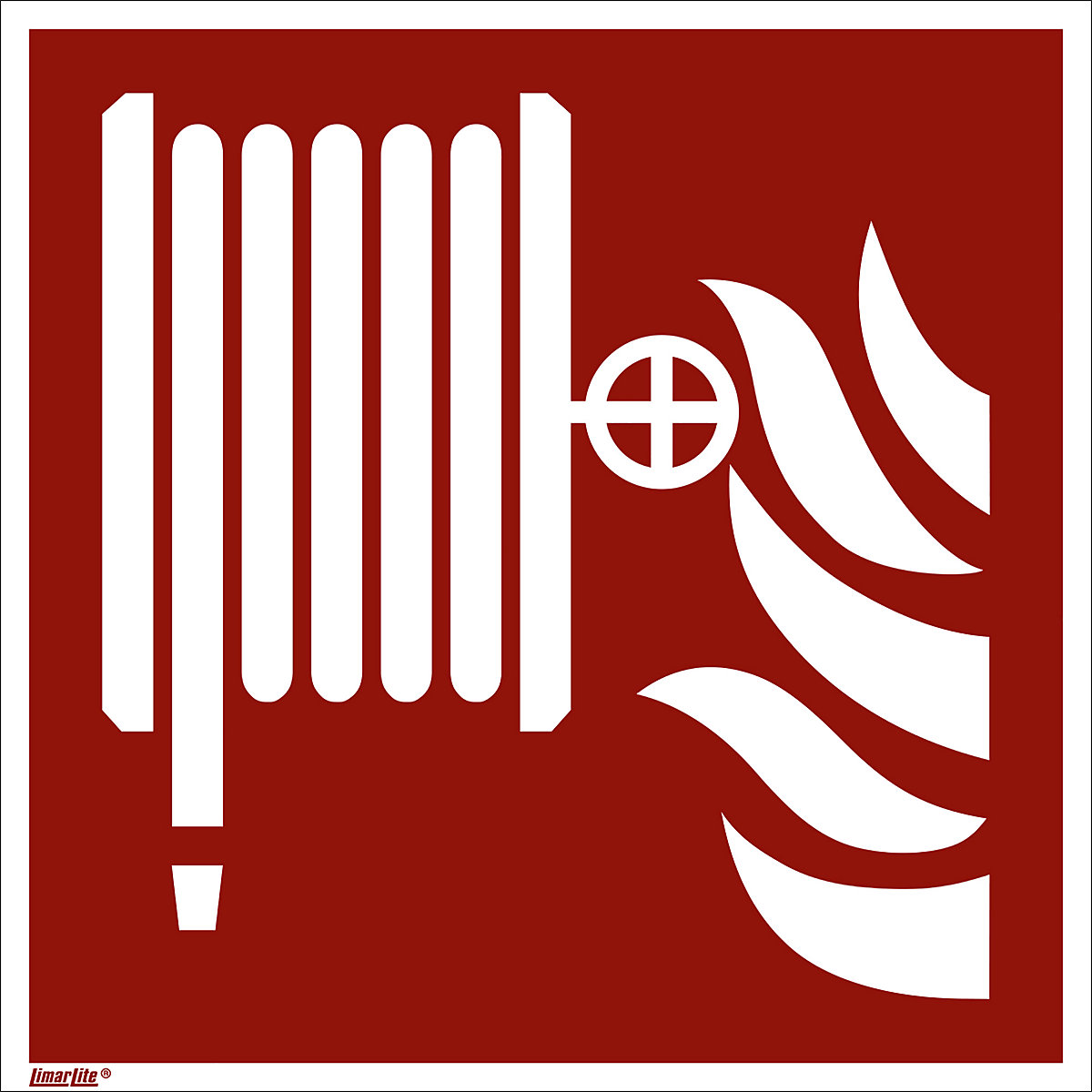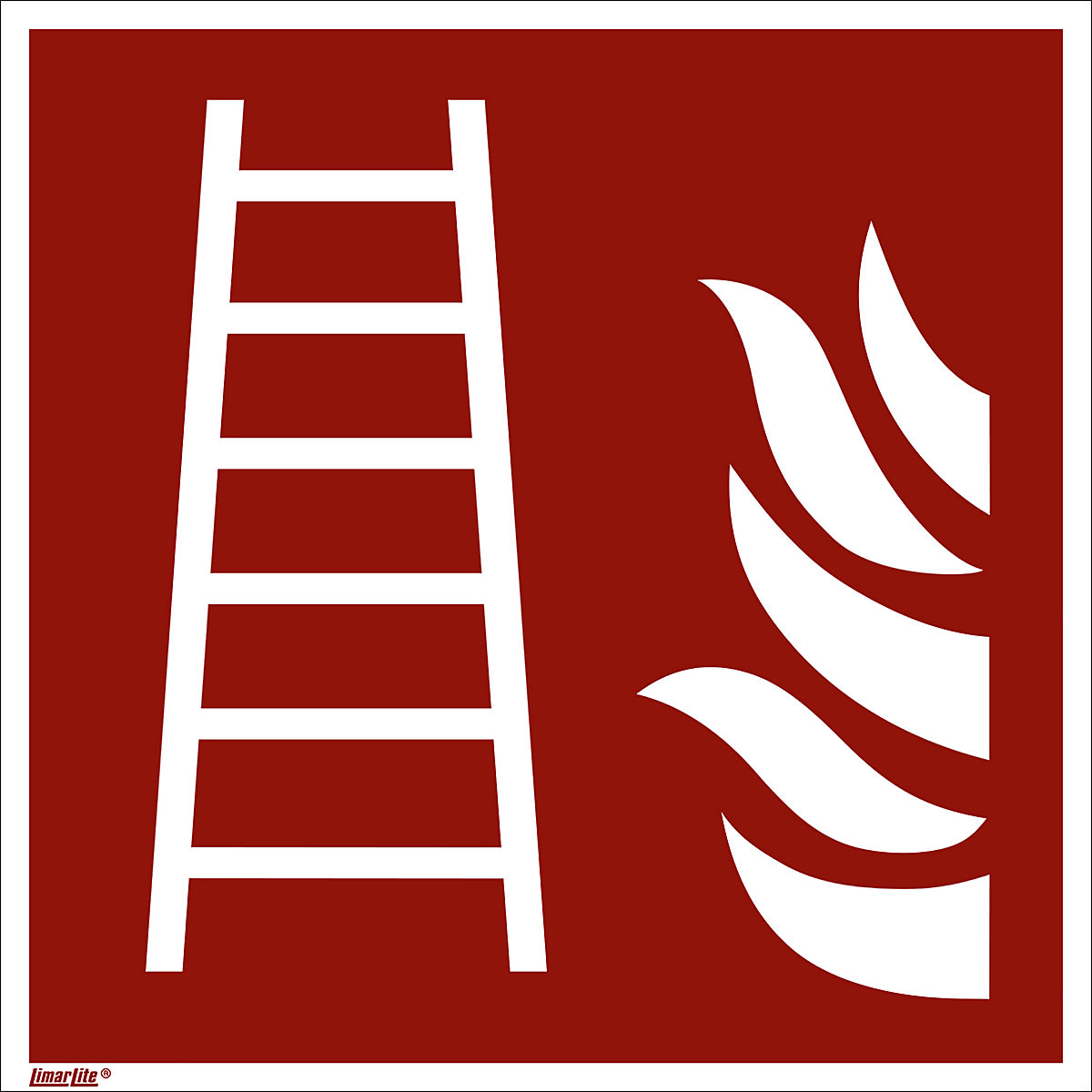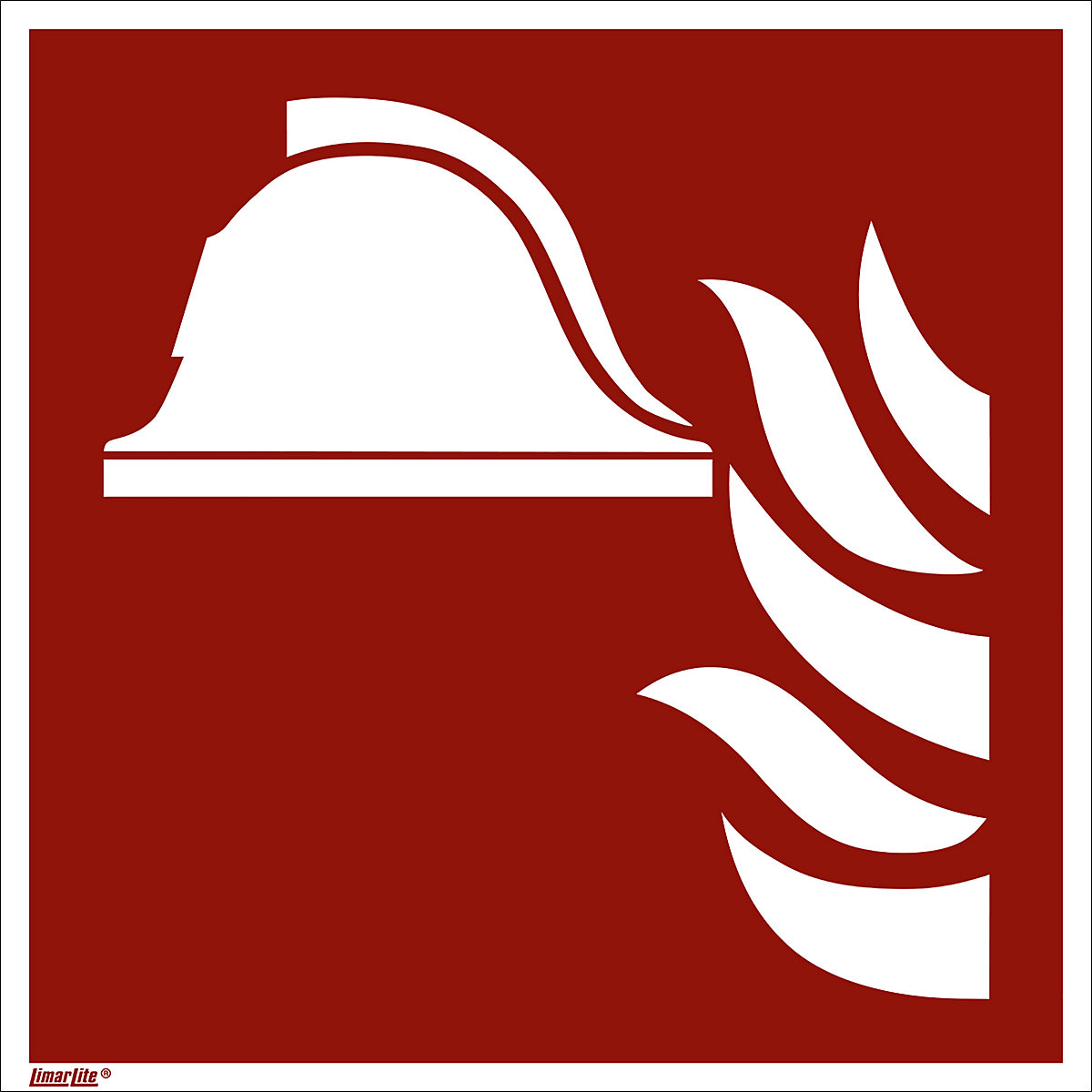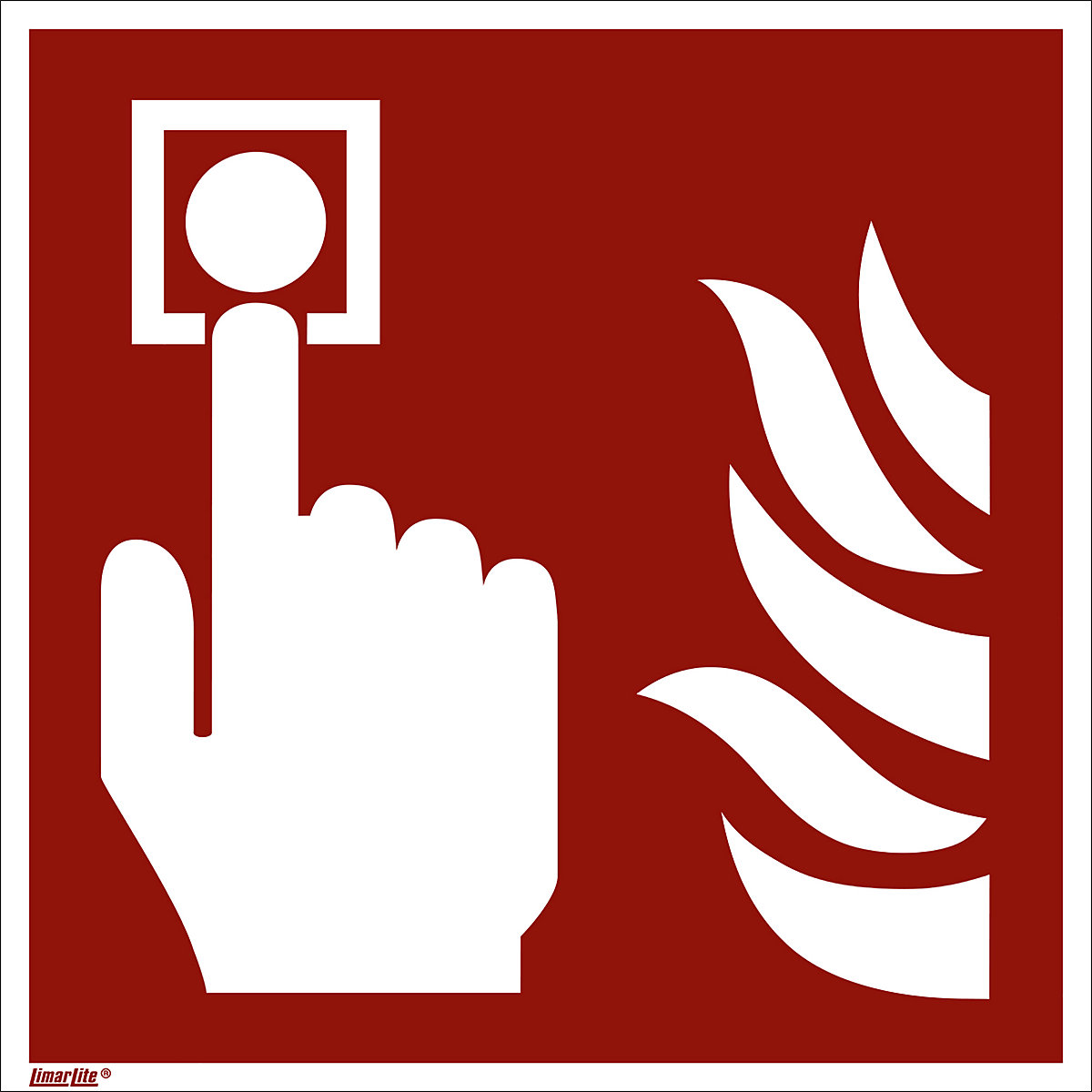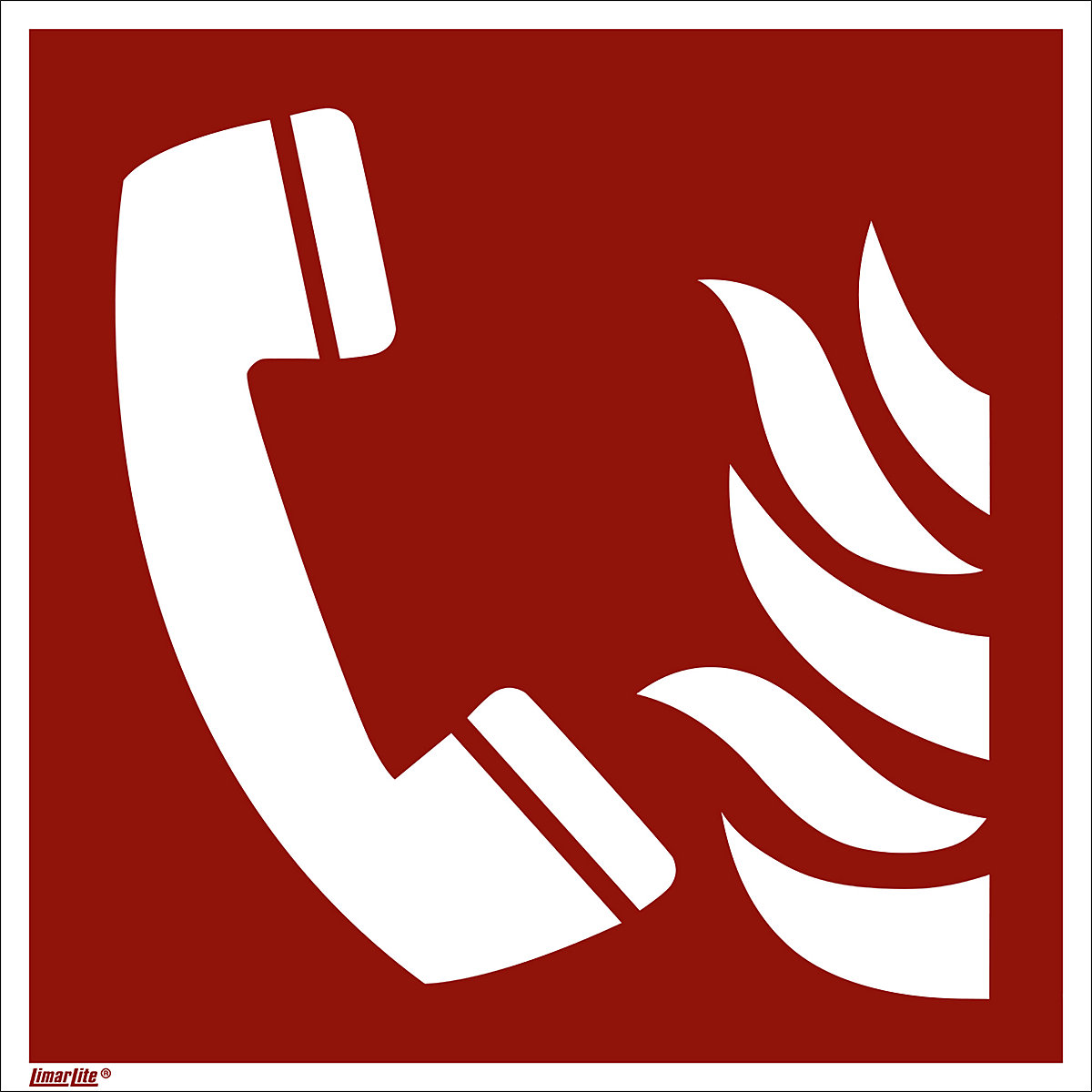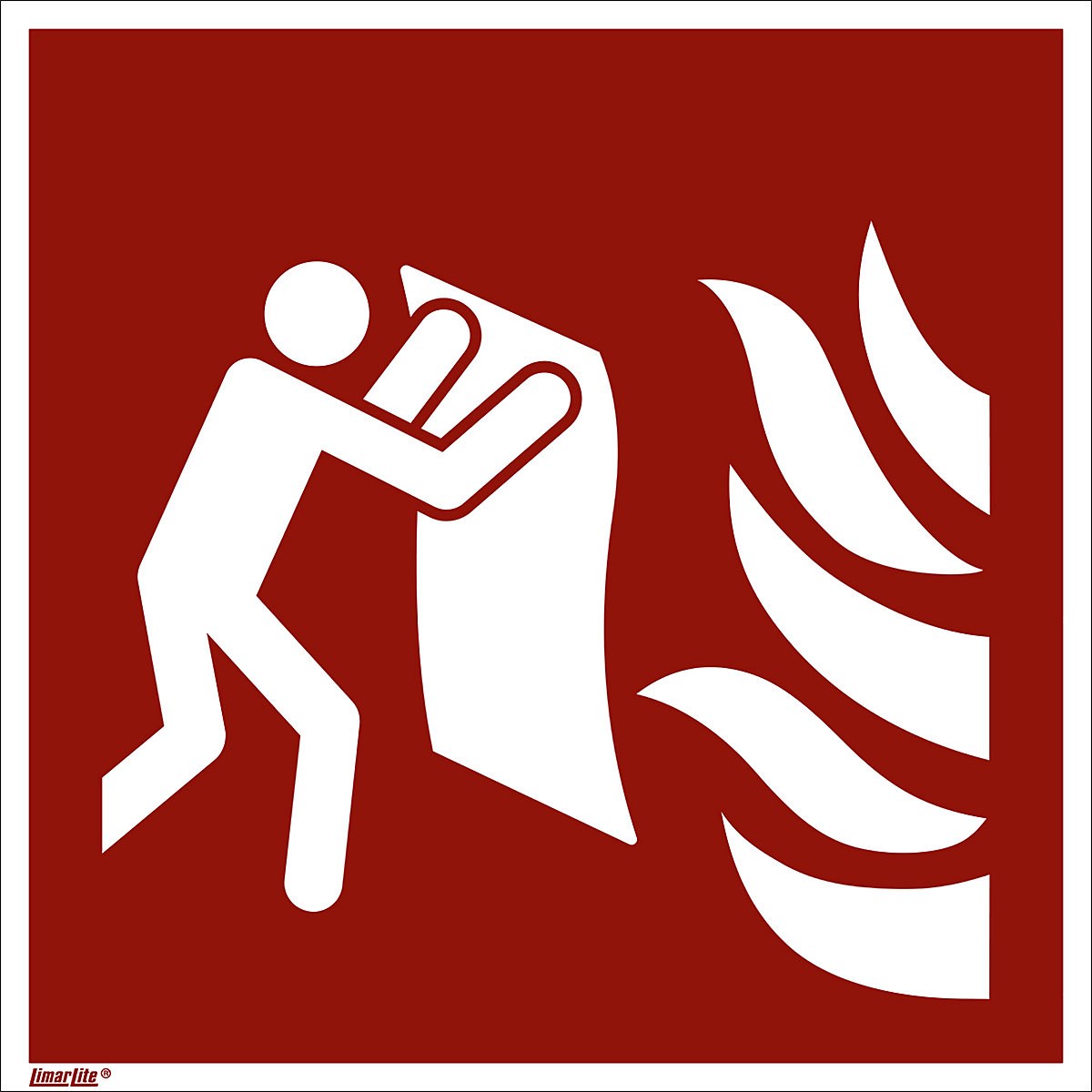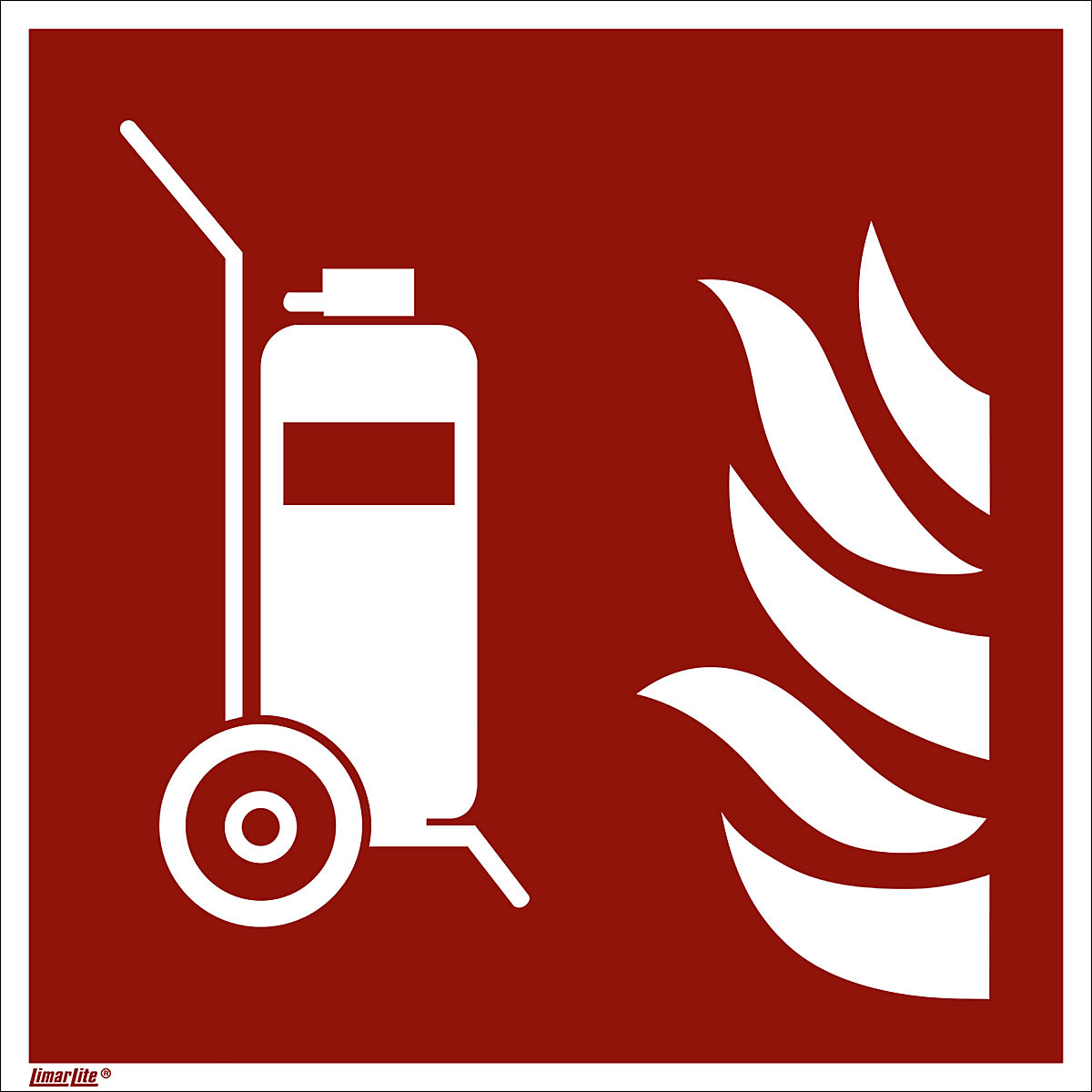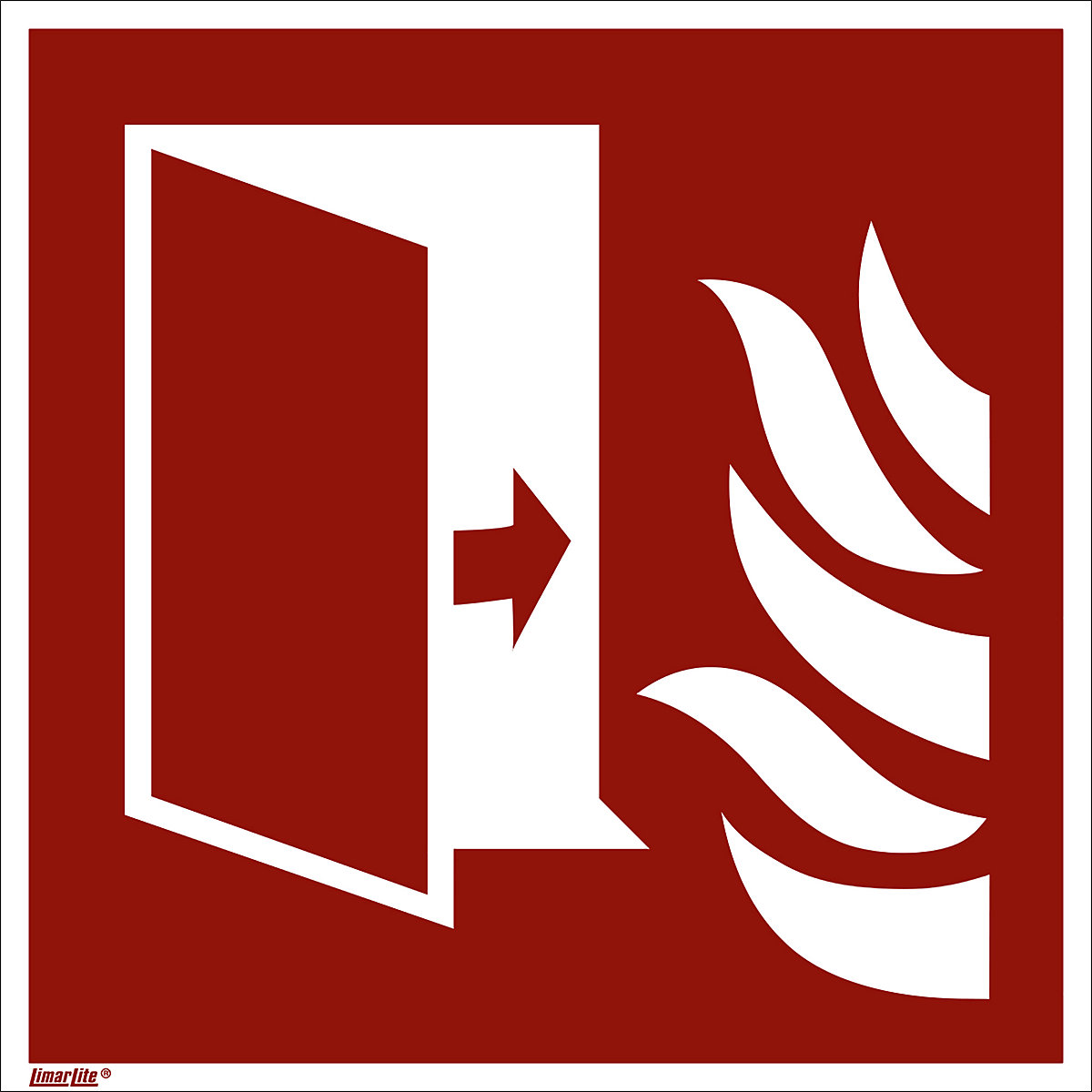Fire protection
As much as we wish you will never need it, we still think it is important that you have it: everything for fire safety. In the event of a fire, don't leave anything to chance and ensure your fire fighting equipment is correctly stored.
In the category Fire protection we offer you products of the following brands: CEMO, VLITEX, LaCont, eurokraft pro, ZARGES.

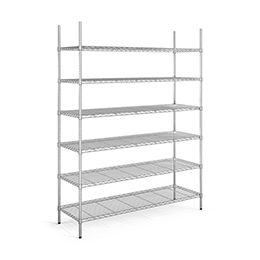
Fire protection & Fire safety. Why not put out a fire before it starts?
There is a fire. What do we do now? In the worst case, everyone is running around while you're trying to extinguish the fire, and yet you have no idea where the nearest fire fighting equipment is. Ideally, however, you have already spotted the fire protection signs on the fire extinguisher and fire blanket, and your colleagues will follow the emergency exit sign and leave the building. Ideally, you also know what is on fire, along with the best way to extinguish it. After all, the fire fighting equipment that is recommended varies according to the constituents of the material that is the source of the fire. In order to know which extinguishing agents you need, you should therefore know which fire classes are relevant to your company.
How many fire classes are there?
When it comes to fire fighting, a distinction is made between five fire classes: fire classes A to D and fire class F.
Fire class A:
These fires are usually extinguished using water, foam, gel and ABC powder. These fire fighting agents are particularly suitable for extinguishing fires caused by solid materials such as paper, wood and coal, but also a number of textiles and plastics that form embers when they burn. In addition, small fire extinguishers such as fire flappers or fire blankets are covered by this fire protection class. Above all, fire blankets are suitable for extinguishing small fires that are only just developing, e.g. table candles and kitchen fires (grease and oil fires).
Fire class B:
ABC powder, BC powder, foam and carbon dioxide are the extinguishing agents used against burning liquids or substances that liquefy when exposed to heat: for example petrol, varnish, tar, wax and plastics such as thermoplastics.
Fire class C:
When gases burn – such as hydrogen, natural gas, butane, propane, methane – ABC powder and BC powder can also provide help. You can only use carbon dioxide as an extinguishing agent when the fire extinguisher has a gas jet nozzle.
Please note: before extinguishing gas fires, it must be ensured that the gas supply has been shut off first. Otherwise, a gas-air mixture can form which may lead to an explosion.
Fire class D:
When metals burn, you need special extinguishing agents. Never try to extinguish metal fires using water. Powders called D-powder or metal fire powder are the best extinguishing agents. And if you don't have any at hand, then sand, road salt or cast iron shavings can help.
Fire class F:
Nor may water be used for fires caused by burning cooking oils and fats. There are specific extinguishing agents from fire class F for this, and which are usually made of some type of foam.
Additional note: fire class E (for fires in low-voltage electrical installations) has been phased out, as standard fire extinguishers can extinguish these fires.
Powder or foam?
ABC powder allows you to extinguish fires in the first three fire classes. This is why this extinguishing agent is also often kept in private households. They have a high extinguishing capacity and a rapid extinguishing effect.
Disadvantage: ABC powder not only acts on the source of the fire, but usually also affects the surroundings as well. This conceals a risk of consequential damage, which may, under certain circumstances, be greater than the fire damage itself.
Extinguishing foam, in contrast, is suitable for fire classes A and B and can be applied directly onto the source of the fire. It has a less drastic effect on the surroundings. However, the extinguishing capacity of the foam is lower than that of powder.
Fire protection – probably the most important aspect of safety at work
An incident involving fire can endanger the very existence of your company. Production downtime and property damage are one thing, however the damage to the brand image, lack of confidence among investors and employees are something else again. You can counteract this risk by using a sophisticated fire protection strategy. And do you know what a strategy like this involves? That's right: fire extinguishers and fire blankets can be stored in steel, flush-mounted cabinets for indoor and outdoor use, fire extinguisher cabinets, which can also be used in trucks and delivery vans, and, under certain circumstances, in shelters with ashtray tops. These are specifically manufactured for this purpose, and are therefore also marked in the corresponding signal colours.
In addition, fire protection signs that provide clear orientation are indispensable. The fire protection signs category tells you how to affix them correctly, and our purchasing guide to recognition ranges shows you at which distance from the nearest workplaces the signs should be affixed.
Please note: the more frequently you brush up on your knowledge, and the more familiar you are with the safety instructions on your fire fighting equipment, the more rapidly you can react the right way in the event of an emergency. The legally specified maintenance intervals must also be observed. Do you have any questions? Please contact us.
These products may also be of interest to you:
Waste sack holders | IBC containers | Chain stands | Pedal bins | Car park markings | Wall ashtrays












